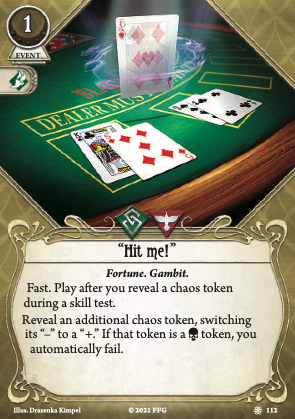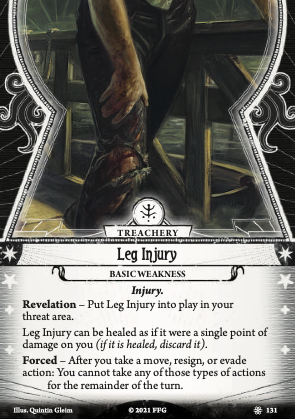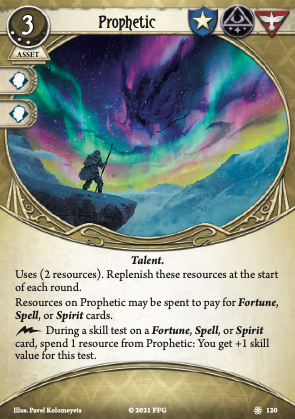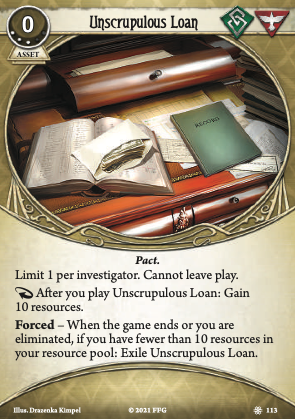
For Rogues that don't have access to Lucky!, this feels like an off-brand version. But note that the condition for playing this card is different: you don't have to fail a skill test in order to play it. That allows the card to fulfill some other roles, too:
-
Succeed-by-X: Just like this is a less-good Lucky!, this is also a less-good Daring Maneuver. Sure, for investigators who truly need the effect, just pick up the other card, but deck space is tight in Arkham Horror, or this is just copies 3 and 4 of it. For Survivors, there aren't too many succeed-by cards, but I'd use this for Sharp Vision and Brute Force, two cards which are a real bummer if they don't fire off.
-
Token manipulation: You get to reveal an extra token, which you really might want for its own effect; like an or a for the Mystic curse spells -- note that the will be a +2, and it will reveal another token, too (but a won't autofail this time). You could even use Olive McBride to reveal 3 more tokens and resolve 2 of them; both of which will now have positive modifiers! This could also be an interesting way to dig for extra tokens to make Blessing of Isis work. As has already been commented, the taboo'd .35 Winchester will much more reliably get the extra damage now.
In all of these cases, the more tokens you reveal, the more likely to reveal a , so there is some obvious synergy with cards that Seal tokens, but revealing a 0 is also often a waste of time, so you may consider Shards of the Void specifically.



